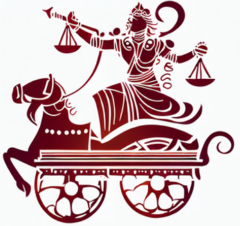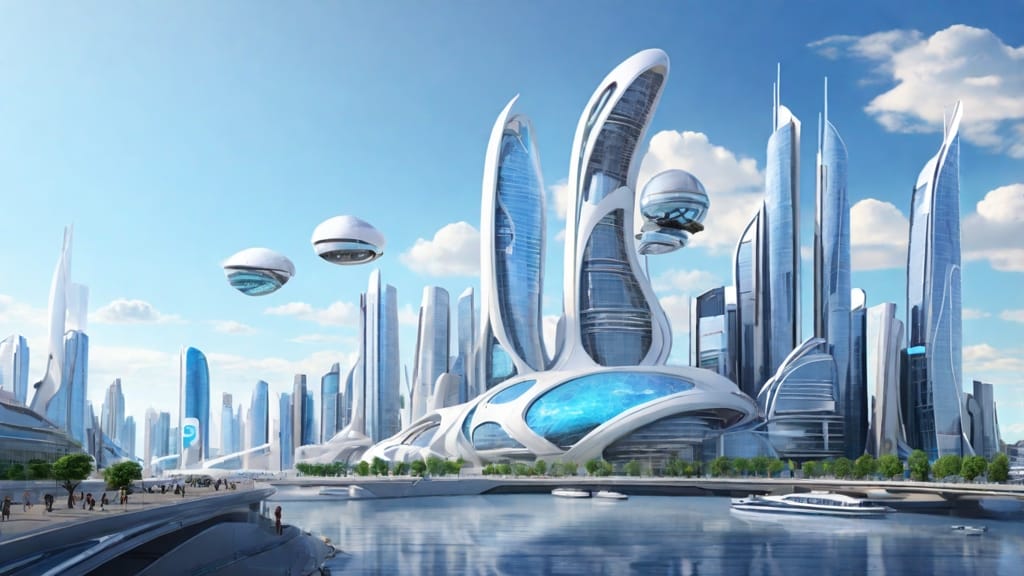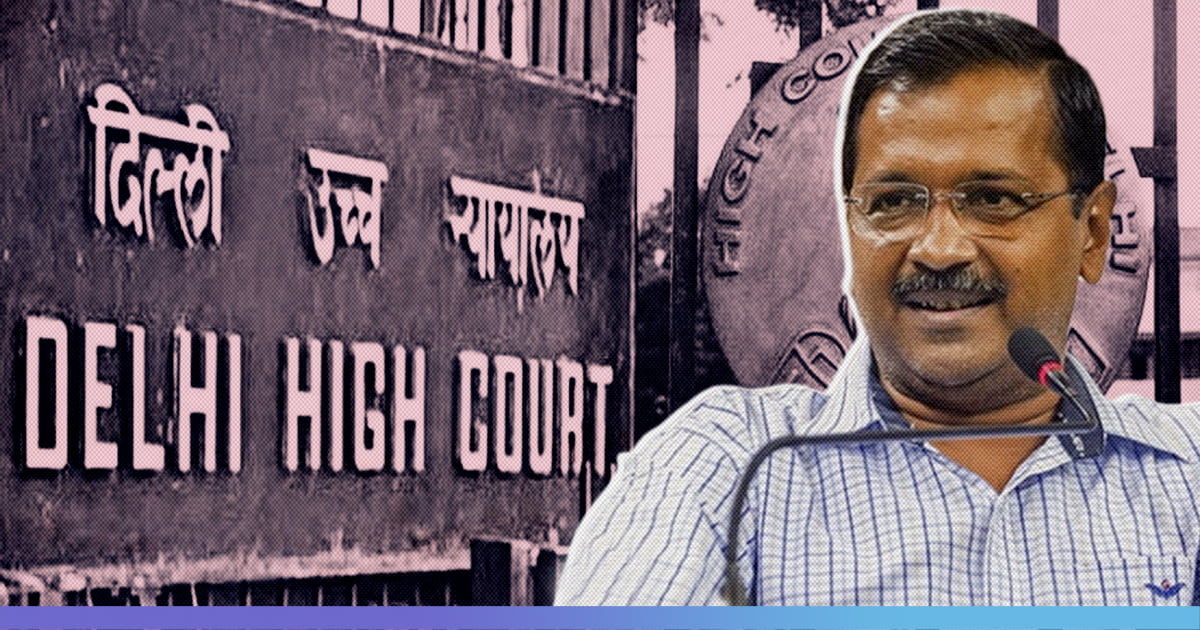Did you know that, according to a recent report, over 50% of organizations are using AI in some capacity? It’s fascinating, right? But as exciting as this technology is, it comes with some serious questions about future of intellectual property (IP) rights. If you’ve ever wondered how AI can influence what we create, share, and protect, you’re not alone! In a world where AI systems are capable of generating art, writing, and even music, understanding how these creations fit into existing IP laws is crucial. So, let’s dive into this complex and ever-evolving landscape!
Understanding Intellectual Property Rights
Intellectual Property Rights (IPR) are crucial for protecting creations of the mind. This includes inventions, literary and artistic works, symbols, names, images, and designs used in commerce. Think of IPR as a shield for your creativity! It ensures that your ideas can’t be easily copied by others without your permission.
When I first got into the world of writing, I had no idea how important it was to understand copyright laws. I remember feeling frustrated when I found out someone had taken a portion of my work and published it as their own. That was my lightbulb moment! I learned that copyrights protect original works, while patents are crucial for inventions. Trademarks, on the other hand, safeguard brands and logos.
However, navigating through these rights can feel like learning a new language. With AI generating content that could easily be mistaken for human-created work, questions arise: Who owns the rights to an AI-generated piece? The developer? The user? Or does it even matter?
The traditional IP framework primarily revolves around human creativity. The notion of originality has always been tied to human effort, imagination, and creativity. But when an AI generates a song, artwork, or article, it challenges this fundamental concept. How do we define ownership in this context? Can a program, which is essentially a series of algorithms, be considered an author? This brings us to the critical conversation around the definition of an “author” and what it means to create.
The complications don’t end there. There’s also the concern that existing laws may not adequately protect original creators if AI-generated works are deemed non-infringing. If AI tools are utilized by multiple users, there’s a risk of homogenization—works generated might become too similar, leading to confusion over what constitutes originality. This uncertainty could hinder innovation and creative expression.
Understanding the nuances of intellectual property rights in relation to AI is not just for creators and innovators; it’s vital for businesses, policymakers, and consumers. The rapid pace of technological change demands that we all stay informed and engaged in these conversations. It’s not just about protecting the rights of a few; it’s about shaping the future landscape of creativity and innovation in a digital world.

The Role of AI in Content Creation
AI is revolutionizing content creation like never before. From generating articles and music to creating artwork, AI tools are popping up everywhere. I still remember the first time I tried an AI writing assistant. I was amazed by how it could generate paragraphs based on just a few keywords! But that excitement was quickly replaced by a nagging question: Is it ethical to use AI-generated content?
Here’s the deal: AI can analyze vast amounts of data and produce unique content in a fraction of the time it would take a human. This efficiency can be a game-changer for businesses, especially in marketing, where the demand for fresh content is relentless. But what happens when an AI tool creates a piece that’s eerily similar to someone else’s work?
For example, I’ve seen it happen where an AI-generated article closely mirrored a well-known piece without any acknowledgment. The lines of originality blur when multiple users leverage the same AI tool. So, when it comes to IP rights, the question remains: Should AI-generated works be subject to the same protections as human-created content? This debate isn’t just academic; it could reshape how we think about ownership in the digital age!
The technology itself is impressive—AI can generate music scores that sound like they were composed by renowned musicians. I once listened to a piece generated by an AI that reminded me of a Beethoven symphony, yet it was entirely original. While it was a thrill to experience, I couldn’t shake the thought of its implications. If an AI can compose a symphony, what does that mean for musicians and composers? Will their craft be diminished, or can it coexist alongside AI?
Let’s also talk about the creative process. AI tools can aid in brainstorming ideas, generating rough drafts, and even suggesting edits. But at what point does collaboration with AI become dependency? This is where I believe human creativity needs to shine. Using AI as a tool can enhance creativity, but it shouldn’t replace the individual voice that each creator brings to their work. After all, isn’t that what art and literature are all about—expressing the unique perspectives and emotions of individuals?
As AI continues to evolve, so does its impact on content creation. We must remain vigilant about the ethical implications while embracing the potential benefits. How do we strike a balance between innovation and protecting the rights of creators? It’s a conversation that’s just beginning, and everyone has a stake in it.

Current Challenges in AI and Future of Intellectual Property
As AI becomes increasingly prevalent, the challenges surrounding intellectual property rights are mounting. One of the biggest hurdles is the concept of originality. Traditionally, copyright laws require a certain level of human creativity to qualify for protection. But when an AI generates content, does it truly reflect human creativity?
I remember discussing this dilemma with a friend who works in the publishing industry. He shared a story about a novel written entirely by an AI. It was a fascinating read, but it raised questions: Could the author be credited as the AI itself? This blurry line between AI and human authorship creates complications for current IP laws.
Another challenge is enforcement. How do you protect your rights if someone uses an AI tool to replicate your work? Tracking infringement becomes trickier when the creator is a machine. This is where things can get messy. Traditional IP enforcement mechanisms may not be equipped to handle the rapid output of AI-generated content. It’s a bit like playing a game of whack-a-mole—just when you think you’ve addressed one issue, another pops up!
I’ve heard stories of artists discovering their work had been replicated by an AI program, only to find that the original creator’s rights were not adequately enforced. The reality is that existing IP laws were designed for a different era—one dominated by human creators. Now, we’re at a crossroads where the legal framework must adapt to meet the demands of a digital landscape influenced by AI.
Moreover, there’s the issue of attribution. Who gets credit for AI-generated content? Is it the person who prompted the AI, the developers who created the algorithms, or the AI itself? This ambiguity could lead to significant legal battles in the future, especially as AI technologies become more sophisticated. Imagine a world where AI-generated art sells for millions, but the question of who owns that art lingers in the air.
It’s clear that current IP laws need to evolve. They must address not only the ownership of AI-generated works but also the ethical implications of using AI in creative processes. Legal scholars, lawmakers, and tech developers need to collaborate to establish guidelines that protect creators while fostering innovation.
In this ongoing discussion, we must remember the importance of human creativity. While AI can assist and enhance, it should never replace the unique perspective that comes from human experiences. Navigating these challenges requires a thoughtful approach that respects both tradition and innovation.
Future Directions for Intellectual Property in the Age of AI
Looking ahead, it’s clear that we need to rethink how we approach intellectual property in the age of AI. Governments and legal entities are already grappling with these challenges, and it’s going to take a collective effort to establish a framework that addresses AI-generated content.
Imagine a world where AI works hand-in-hand with creators. In this scenario, laws would evolve to recognize the unique challenges posed by AI. Perhaps new categories of IP rights will emerge, specifically designed to accommodate the nuances of AI creations. This could foster a landscape where both AI and human creativity can coexist, enriching the world of art, literature, and innovation.
I envision a future where we have clear guidelines on how to attribute AI-generated works. Maybe a licensing system could be put in place, allowing creators to retain certain rights over AI-generated content. This could help foster collaboration between human creators and AI, promoting innovation while protecting individual rights. It’s about creating a culture where AI is seen as a partner in the creative process rather than a competitor.
Furthermore, educational institutions should adapt their curriculums to include discussions about AI and intellectual property. Preparing the next generation of creators to navigate these challenges is crucial. I’ve often thought about how vital it is for aspiring artists, writers, and developers to understand the implications of AI in their fields. By equipping them with knowledge, we can cultivate a community that respects both human and AI contributions to creativity.
Ultimately, it’s about striking a balance between innovation and protection. We must advocate for policies that encourage creativity while ensuring that creators’ rights are safeguarded. The future of intellectual property in the digital age depends on our ability to adapt to these changes, fostering an environment where both human and machine creativity can thrive.

Conclusion: Embracing Change in the Intellectual Property Landscape
As we venture further into the digital age, the intersection of AI and intellectual property rights is an exciting, yet challenging territory. The rapid advancement of AI technologies calls for a reevaluation of existing IP laws to ensure they remain relevant and effective.
I encourage you to think about how these changes might impact your work. Whether you’re a creator, a business owner, or simply an enthusiast of technology, it’s crucial to stay informed about these developments. And hey, if you have any experiences or thoughts to share, drop them in the comments! Let’s learn from each other and navigate this evolving landscape together!



